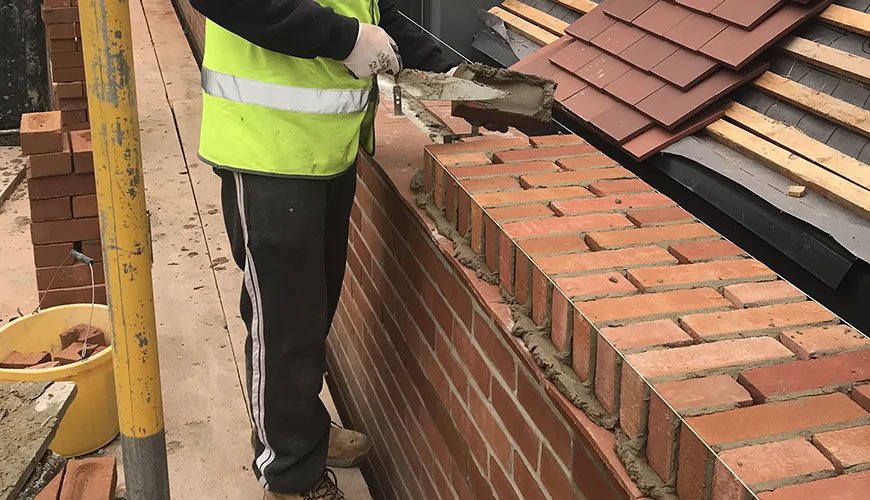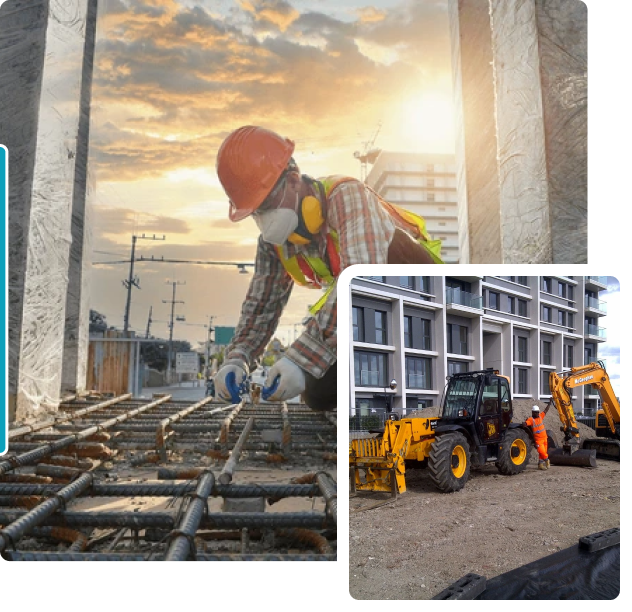
Trowels Occupations
The qualification will develop knowledge and skills in trowel work for the construction sector. Learners can specialise in erecting and setting out masonry structures, concrete, maintaining slate and tile roofing, installing drainage, plastering or rendering.
This qualification covers the following areas:
Rationale and Purpose of this Qualification
This qualification is aimed at those who are in work and are looking for recognition of their prior learning and experience in their chosen industry.
The primary purpose of this qualification is to confirm the learner’s occupational competence as a bricklayer. As a work-related, competence-based qualification it will provide, on completion, confirmation to employers, industry managers and card schemes that the learner has the skills and knowledge needed to meet the nationally recognised standard to carry out the role of bricklayer.
Learners who achieve this qualification can use it to gain employment, to progress in the industry, or to work towards another qualification (see Progression).

Objectives
The qualification is designed to meet one or more of the following objectives:
Recognition
This qualification is supported by the Construction Skills Certification Scheme (CSCS).
CSCS provides a registration card scheme acknowledged by industry for those involved in construction. The scheme recognises skills, knowledge and understanding, competence and qualifications.
What does this Qualification Cover?
As this is a competence-based qualification, learners will be acquiring the knowledge and skills required through either on-the-job experience or in a learning environment.
This qualification has a range of pathways linked to typical job roles that learners will encounter within the industry.
To achieve the whole qualification learners need a minimum of 73 credits. They must complete between five and seven mandatory units plus one optional unit. See qualification content and delivery tools section for more information.

Who is this Qualification For?
This qualification is suitable for:
There are no specific skills, knowledge understanding or any other qualifications that must be achieved in order to start this qualification, however learners must have the potential and opportunity to gain this qualification successfully.
This qualification is mainly taken by individuals employed as bricklayers

An NVQ (National Vocational Qualification) is a competence-based assessment of the skills, knowledge, and experience you already have. It’s designed for professionals who have learned ‘on the job’ over years and are established in their role but lack formal recognition of their skills. NVQs prove to an assessor that you carry out your job safely, effectively, and in line with industry standards.
No. NVQs don’t involve exams or trick questions. They’re designed for practical people who have developed their skills in a real working environment. The only test required is the CITB Health Safety and Environment test, which is needed for your CSCS card application after completing the NVQ.
No prior qualifications are necessary. You could go from having no qualifications to achieving a Level 7 NVQ (the highest competence-based qualification in Construction). The key is proving that you’re already working at the required level and have been in the job for an appropriate amount of time.
The timeframe largely depends on your motivation. We provide support for 12 months, but qualifications are typically achievable within 1-3 months.
Yes, CITB registered employers can claim up to £1500 per candidate on achievement of our construction-specific qualifications. As of April 1, 2023, the grant amounts are:
Our assessors are highly experienced, qualified construction professionals who have done the job themselves. We carefully select a particular assessor for each learner to ensure that workplace experiences are aligned and that feedback and guidance are useful, relevant, and rewarding.
The NVQ assessment is a comprehensive process that evaluates your skills, knowledge, and experience in your field without requiring site visits or time off work. It involves several methods to assess your competence, including a practical skills assessment, review of evidence (such as method statements, risk assessments, toolbox talks, time sheets, inspection reports, videos, and photographs), a knowledge-based assessment, professional discussions with your assessor, and witness testimony from colleagues or supervisors.





Samad Solutions Ltd are a construction Industry supplier delivering National Vocational Qualifications (NVQs) and Construction related courses.
Company
Courses
Others
Location
Copyright 2016-24 © Samad Solutions ltd. All Rights Reserved